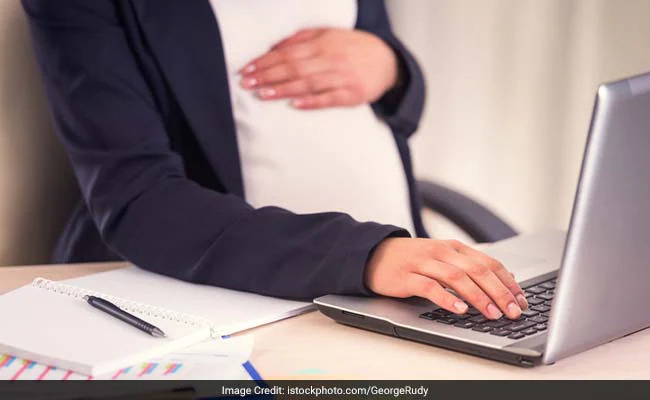In a significant move towards gender equality and work-life balance, the Chief Minister of Sikkim recently announced a groundbreaking policy granting 12 months of maternity leave and one month of paternity leave for government employees. This progressive step aims to acknowledge and support the fundamental role of parents in the early stages of their child's life.
The Maternity Benefit Act is legislation enacted by the Government of India to protect the rights of women in the workforce during pregnancy, childbirth, and the period immediately following childbirth. The primary objective of this act is to ensure the health and well-being of the mother and child, as well as to promote gender equality in the workplace.
Understanding the Significance of Maternity and Paternity Leave
Maternity and paternity leave are essential provisions that recognize the physical and emotional demands placed on parents during the critical period following the birth or adoption of a child. While maternity leave has long been established as a recognized right for mothers, paternity leave is gaining recognition as well. These leaves not only facilitate bonding between parents and their newborns but also contribute to the overall well-being of the family unit.
The Benefits of Maternity Leave
Extended maternity leave allows mothers to recover from childbirth, establish breastfeeding routines, and provide nurturing care to their infants during the crucial early months. It also promotes the physical and mental health of both mother and child, reduces stress levels, and enhances the overall experience of motherhood. Additionally, longer maternity leave has been linked to higher breastfeeding rates, which in turn leads to better health outcomes for babies.
The Importance of Paternity Leave
Paternity leave recognizes the role of fathers in caregiving and bonding with their children. Providing fathers with dedicated time off encourages their active involvement in child-rearing responsibilities from the outset. This not only strengthens the father-child relationship but also fosters gender equality within the household. Paternity leave has also been shown to positively impact the mental well-being of fathers, enabling them to form stronger connections with their families.
The Impact on Workplace Culture
Implementing policies that support longer maternity and paternity leave can have a positive impact on workplace culture. By acknowledging the importance of family life, employers can create a more inclusive and supportive environment for their employees. This, in turn, can enhance employee satisfaction, loyalty, and productivity. Furthermore, such policies challenge societal norms and contribute to a shift in gender roles, promoting a more equitable society overall.

 Sikkim's decision to grant 12 months of maternity leave and one month of paternity leave for government employees is a significant step towards recognizing the importance of parental bonding and work-life balance. This progressive policy not only benefits families but also fosters a more inclusive and supportive society. By setting an example, Sikkim encourages the rest of the country to prioritize the well-being of families and work towards a more equitable and compassionate society for all
Sikkim's decision to grant 12 months of maternity leave and one month of paternity leave for government employees is a significant step towards recognizing the importance of parental bonding and work-life balance. This progressive policy not only benefits families but also fosters a more inclusive and supportive society. By setting an example, Sikkim encourages the rest of the country to prioritize the well-being of families and work towards a more equitable and compassionate society for all









.jpeg)




.jpg)
.jpeg)














